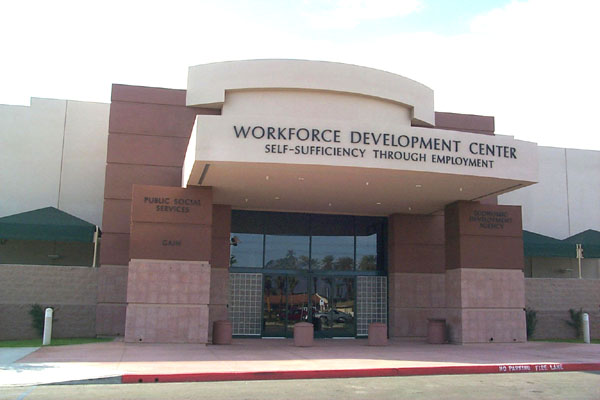Workforce development was a major topic of discussion on day two of the CA Forward Economic Summit, held in Indian Wells October 11-13, 2023 as state, regional, and local industry, workforce and career education leaders shared perspectives about the challenges and opportunities ahead.
The bottom line: To truly move the needle on student and labor market outcomes, California must have a strong and cohesive lifelong learning system that creates seamless transitions between segments (early childhood, K-12, post-secondary, and workforce), and engages industry throughout.
The opportunity: As the state deploys historic funding amounts towards education and workforce challenges, how can these investments be targeted to address short-term needs while fundamentally transforming the system into one that is better connected and more equitable?
Read More:
Ben Chida, Chief Deputy Cabinet Secretary and Senior Advisor for Cradle to Career in the Office of Governor Gavin Newsom, shared the Governor’s vision for education – all families, students, and workers deserve the freedom to succeed, to build real-life skills and pursue careers, including those that don’t require college degrees.
According to Chida, to make good on that intention, California is leveraging billions of dollars in investments that prepare students and workers for good-paying, long-lasting jobs in fulfilling careers, seeking to embed opportunity into the educational systems in a way that leads to the workforce in a seamless way.
Sadly, the current way our systems communicate with each other isn’t necessarily seamless for the learners. It doesn’t make it easy to come back in, doesn’t make it easy to leave, doesn’t make it easy to transfer, and doesn’t make it easy to get a job.
Chida highlighted the investments currently being made in workforce pipelines, hands-on skill building, and universal access and affordability. A new master plan for career education is in development, creating user-centered tools for tracking skills, and increasing meaningful engagement with the private sector.
A panel of experts discussed various aspects of creating tools and interventions for communities of color, immigrants, and refugees. They emphasized the importance of having a diverse team that reflects the lived experiences of the communities they serve. They also highlighted the significance of community engagement, partnerships, and user groups with institutions that serve the community.
Accessibility and incorporating evidence-based theories are other key considerations. Speakers highlighted the importance of breaking down barriers to access, tracking outcomes, and using both leading and lagging indicators to measure success.
During focus groups held up and down the state, there were some themes that came out, such as what’s in the way of adults moving into high-demand job training? So the first theme was that even if they wanted to get into a program or training, they could not figure their way through. It was so complicated, so complex to go from here to there. And then the second theme was that for those who actually broke into one of these high-demand roles, they had so much debt, they were stuck on the bottom rung of the ladder.
The first step is getting everyone to speak the same language, then building the training or curriculum through a competency-based approach, and then breaking down the barriers to sign up and enrollment to be a simple one or two-step process that was focused on the learner’s goals, not serving the platform and system that had already been set up to serve the college.
All agreed that the education journey must be simplified for the learner to move through and the players need to come together to resolve barriers and bottlenecks.




